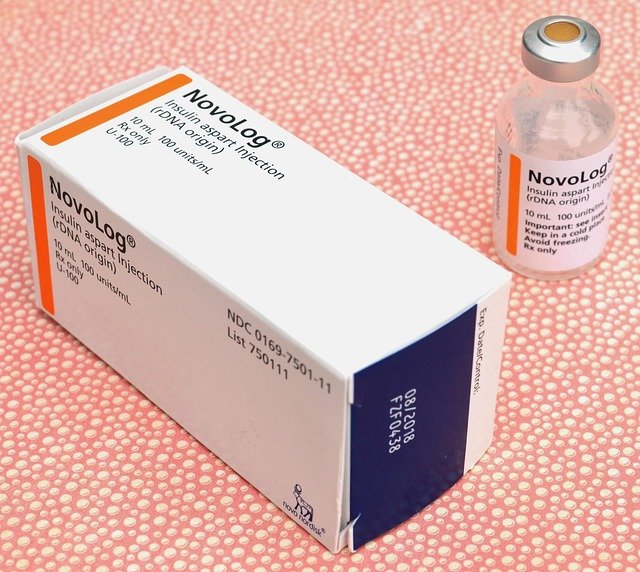Understanding Amyloidosis Treatment: Options and Approaches
Amyloidosis is a rare and complex disease that occurs when abnormal proteins called amyloids accumulate in various organs and tissues throughout the body. This buildup can lead to a range of symptoms, including fatigue, swelling, and edema. As the disease progresses, it can cause serious complications and organ dysfunction. Fortunately, there are several treatment options available for individuals diagnosed with amyloidosis, aimed at managing symptoms, slowing disease progression, and improving quality of life.

-
AA amyloidosis (secondary amyloidosis): This form is associated with chronic inflammatory conditions or infections.
-
ATTR amyloidosis: This type can be either hereditary or age-related, involving the accumulation of transthyretin protein.
-
Dialysis-related amyloidosis: This occurs in individuals undergoing long-term dialysis treatment.
Understanding the specific type of amyloidosis is crucial for determining the most appropriate treatment strategy.
How is amyloidosis diagnosed and evaluated?
Diagnosing amyloidosis can be challenging due to its non-specific symptoms and rarity. The diagnostic process typically involves:
-
Medical history and physical examination
-
Blood and urine tests to detect abnormal proteins
-
Imaging studies, such as echocardiograms or MRI scans
-
Tissue biopsy to confirm the presence of amyloid deposits
Once diagnosed, a comprehensive evaluation is necessary to determine the extent of organ involvement and guide treatment decisions. This may include additional tests to assess heart, kidney, and liver function.
What are the primary treatment approaches for amyloidosis?
Treatment for amyloidosis is tailored to the specific type and severity of the disease. The main approaches include:
-
Targeting the underlying cause: For AL amyloidosis, chemotherapy or stem cell transplantation may be used to eliminate the abnormal plasma cells producing the amyloid proteins.
-
Reducing amyloid production: Medications that suppress inflammation or stabilize proteins can help slow the production of amyloids in certain types of the disease.
-
Organ support and symptom management: Treatments to address specific organ dysfunction, such as diuretics for edema or pacemakers for heart-related issues, are often necessary.
-
Experimental therapies: Clinical trials exploring new treatments, including gene therapies and monoclonal antibodies, offer hope for improved outcomes in the future.
How do medications play a role in amyloidosis treatment?
Medications are a crucial component of amyloidosis treatment and can serve various purposes:
-
Chemotherapy drugs: Used in AL amyloidosis to target and eliminate abnormal plasma cells.
-
Immunomodulators: These drugs can help suppress the production of amyloid proteins and reduce inflammation.
-
Protein stabilizers: Medications like tafamidis can help stabilize transthyretin proteins in ATTR amyloidosis.
-
Symptomatic treatments: Diuretics, pain medications, and other drugs may be prescribed to manage specific symptoms and improve quality of life.
The choice of medications depends on the type of amyloidosis, organ involvement, and individual patient factors. Close monitoring and adjustment of treatment regimens are often necessary to optimize outcomes and minimize side effects.
What role does supportive care play in managing amyloidosis?
Supportive care is an essential aspect of amyloidosis treatment, focusing on managing symptoms, improving quality of life, and addressing complications. Key elements of supportive care include:
-
Nutritional support: Dietary modifications and supplements to address malnutrition and weight loss.
-
Physical therapy: Exercises and techniques to maintain mobility and manage fatigue.
-
Psychological support: Counseling and support groups to help patients cope with the emotional impact of the disease.
-
Regular monitoring: Frequent check-ups and tests to assess disease progression and treatment effectiveness.
-
Palliative care: Specialized care to manage pain and other symptoms, particularly in advanced stages of the disease.
By combining disease-specific treatments with comprehensive supportive care, healthcare providers aim to improve outcomes and enhance the overall well-being of individuals living with amyloidosis.
What emerging therapies show promise for amyloidosis treatment?
Research into new treatments for amyloidosis is ongoing, with several promising approaches in development:
-
RNA interference therapies: These drugs aim to reduce the production of amyloid proteins at the genetic level.
-
Monoclonal antibodies: Targeted therapies designed to clear amyloid deposits from organs and tissues.
-
Gene therapies: Experimental approaches to correct genetic mutations responsible for hereditary forms of amyloidosis.
-
Novel protein stabilizers: New medications that may more effectively prevent the formation of amyloid fibrils.
-
Combination therapies: Innovative treatment protocols combining multiple approaches to enhance efficacy.
While many of these therapies are still in clinical trials, they offer hope for improved treatment options and outcomes for individuals with amyloidosis in the future.
In conclusion, amyloidosis treatment is a complex and evolving field that requires a multidisciplinary approach. By combining targeted therapies, supportive care, and emerging treatments, healthcare providers can offer personalized treatment plans to manage symptoms, slow disease progression, and improve quality of life for individuals affected by this challenging condition.
This article is for informational purposes only and should not be considered medical advice. Please consult a qualified healthcare professional for personalized guidance and treatment.






